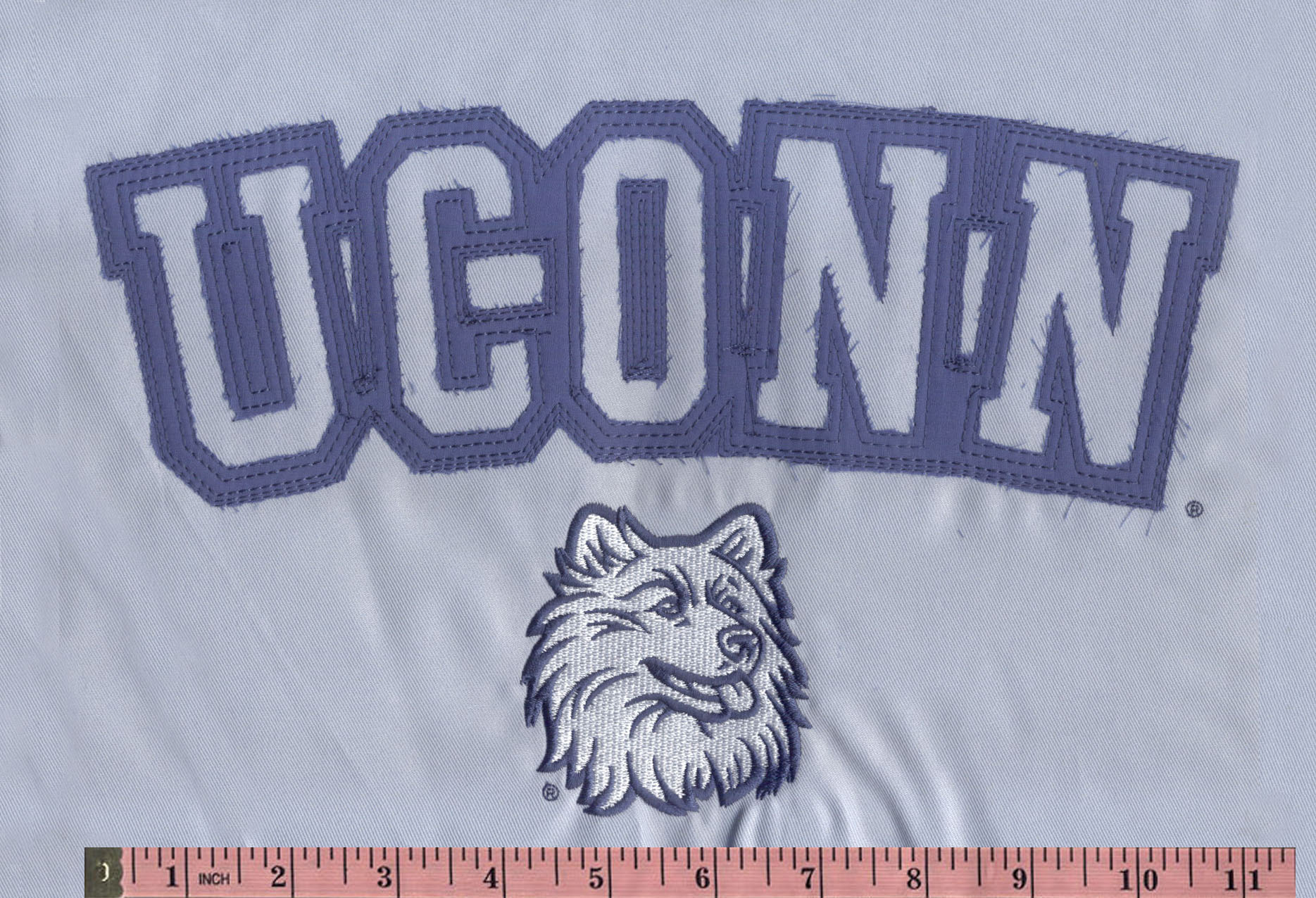The Artistry Unveiled: Mastering the Craft of Embroidery Digitizing
Embroidery has transcended its traditional roots, evolving into a dynamic fusion of art and technology through the intricate process of digitizing. This blog delves into the captivating world of embroidery digitizing, unveiling the meticulous craftsmanship behind transforming designs into stitch-perfect masterpieces.
The Essence of Embroidery Digitizing
1. Definition and Significance:
● Embroidery Digitizing Defined: Embroidery digitizing is the method of converting artwork into a
digital format that embroidery machines can interpret. Each stitch is
meticulously calculated and programmed, resulting in a detailed and precise
rendition of the original design.
● Significance in Modern
Embroidery: In contemporary embroidery, digitizing is
the bridge between creativity and execution. It enables the translation of
complex designs into tangible, textured art on fabric, ensuring a seamless
blend of tradition and technology.
The Digitizing Process
1. Artwork Preparation:
● Selection of Design: The process begins with the selection of the design to be digitized. Whether it's a logo, artwork, or intricate
pattern, the clarity and complexity of the chosen design play a crucial role in
the digitization outcome.
● Understanding Fabric and
Threads: Knowledge of the fabric and threads to be
used is essential. Different fabrics and threads respond differently to embroidery, and this understanding influences the digitization
process.
2. Digitizing Software:
● Choosing the Right Tool: Embroidery digitizing software is the artisan's palette. Tools like
Wilcom, Embird, and Pulse allow digitizers to create intricate stitch patterns,
define colorways, and fine-tune details with precision.
● Learning Curve: Mastering digitizing software involves a learning curve, where the
digitizer becomes adept at manipulating stitches to convey the nuances of the
original design.
3. Creating the Base:
● Setting the Foundation: The digitizer starts by creating a digital framework, defining the
underlay stitches that provide stability and foundation for subsequent layers.
This step ensures that the final embroidery maintains its shape and integrity.
4. Stitch Types and Directions:
● Choosing Stitch Types: Various stitch types, such as satin stitches, fill stitches, and
running stitches, are employed based on the design requirements. Each stitch
type contributes to texture, definition, and visual appeal.
● Directional Considerations: The direction in which stitches are laid influences the final
appearance. Mindful consideration of stitch direction ensures that the design
reflects the desired texture and visual impact.
5. Color Sequencing:
● Strategic Color Placement: The digitizer strategically assigns colors to different elements of the
design, considering the order in which they will be stitched. This meticulous
planning minimizes thread changes and enhances the efficiency of the embroidery
process.
6. Density and Saturation:
● Adjusting Stitch Density: Controlling stitch density is a delicate art. Too much density can
lead to stiffness, while too little may result in a lack of coverage. Achieving
the optimal balance ensures that the embroidered design is both visually appealing
and tactile.
● Saturation for Vibrancy: The digitizer manipulates thread saturation to enhance or soften
colors, bringing vibrancy and subtlety to different elements of the design.
7. Testing and Refinement:
● Sample Stitch-Outs: Before the final embroidery, a sample stitch-out is crucial. This
physical test allows the digitizer to assess the design's translation from the
digital realm to the tactile reality of fabric.
● Refining for Perfection: Based on the sample results, adjustments are made to fine-tune the digitized design. This iterative process continues until the digitizer achieves the desired outcome.
Challenges and Expert Tips
1. Complexity vs. Simplicity:
● Finding the Balance: Digitizing intricate designs requires a high level of skill and
patience. Simpler designs may seem straightforward but demand precision to
avoid blandness. The key is to strike a balance that captures the essence of
the design.
2. Understanding Machine Limitations:
● Machine Compatibility: Different embroidery machines have varying capabilities. Understanding
the nuances of the specific machine ensures that digitized designs align with
the equipment's strengths and limitations.
3. Layering for Dimension:
● Creating Dimensionality: Expert digitizers leverage layering techniques to add depth and
dimension to designs. This involves strategically placing stitches to simulate
shading, highlights, and three-dimensional effects.
4. Optimizing for Size:
● Size Matters: The size of the final embroidery impacts the digitizing process. A design that works well on a small scale may need adjustments for larger applications, and vice versa. Size optimization is crucial for maintaining design integrity.
Applications of Embroidery Digitizing
1. Corporate Branding:
● Logo Digitization: Corporate logos are often digitized for consistent and professional
branding on uniforms, merchandise, and promotional materials.
2. Apparel Embellishment:
● Custom Garments: Embroidery digitizing allows for the creation of custom designs on
garments, adding a personalized and unique touch to clothing items.
3. Home and Decor:
● Personalized Textiles: Digitized designs find their way into home decor items, from
personalized towels and bed linens to decorative cushions and wall art.
4. Caps and Accessories:
● Detailed Accents: Caps and accessories benefit from digitized designs, allowing for
intricate details and vibrant embellishments.
5. Textile Art and Crafts:
● Embroidery as Art: Embroidery digitizing elevates textile art, enabling artists to create intricate and expressive embroidered pieces.
Conclusion:
A Symphony of Art and Precision
Embroidery
digitizing stands as a testament to the harmonious convergence of artistic
expression and technical precision. From the careful selection of stitches to
the strategic placement of colors, each step in the digitizing process
contributes to the symphony of transforming a design concept into a tactile
masterpiece. As the artistry of embroidery digitizing continues to evolve, it
not only enhances the aesthetic landscape of embroidered creations but also
opens new realms of creative exploration for artisans and enthusiasts alike.



